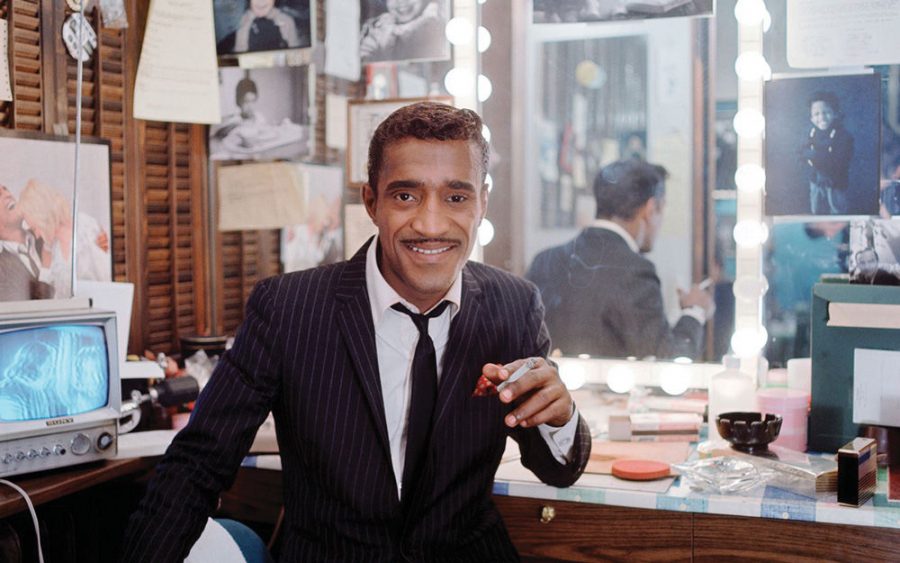Film explores Sammy Davis Jr.’s fight for respect
Published May 31, 2018
At the beginning of “Sammy Davis Jr.: I’ve Gotta Be Me,” the entertainer jokes that he’s a “colored, Jewish, Puerto Rican,” then adds, “When I move into a neighborhood, I wipe it out.”
Funny, perhaps, but more to the point, ironic, because as this engaging documentary deftly shows, there were so many layers, dimensions and controversies to Davis’ life and 60-year career that he defied being pigeonholed.
Using archival footage and performance clips as well as numerous interviews with celebrity friends and historians, including Washington University’s Gerard Early, director Sam Pollard takes us on a riveting journey of this iconic trailblazer who, no matter how hard he tried, never was completely accepted by blacks or whites. Racism plagued him throughout his life.
ADVERTISEMENT
His talents were vast and undeniable. Davis could sing, dance, act, tells jokes and do impressions. As for the latter, he was the first African-American to imitate white movie stars, including Edward G. Robinson, James Cagney, James Stewart and Humphrey Bogart. Such a feat was considered groundbreaking in the late 1940s and early 1950s.
And that wasn’t his only first. He also was the first black man to sleep in the Lincoln bedroom at the White House.
Born in 1925, his career started at the age of 3, when he began dancing professionally in a vaudeville act with his father and godfather. By 7, Davis had played the title role in “Rufus Jones for President,” stealing the film from its star, Ethel Waters.
His biggest regret: Never attending school, not even for a day.
“I write like a second- or third-grader,” he tells an interviewer. “I never biked, never played ball.”
ADVERTISEMENT
As a black man in the first integrated Army infantryhe faced brutal harassment and humiliation. Six GIs urinated on him. They painted him white. His nose was broken three times. He took the degradation and hurt and later would reflect, “That was the thing that turned me around. There’s got to be another way to fight this. … Because even if you win, you don’t win.”
There would be many wins and losses throughout his life (he died in 1990 from throat cancer at age 64). He personified hip as a member of the Rat Pack, palling around Las Vegas with Frank Sinatra, Dean Martin and Joey Bishop.
Still, Davis’ skin color could not be ignored. When white guests at the Sands Hotel saw him swimming there in the 1950s, they complained, and management drained the pool. His budding romance with white actress Kim Novak ended with a death threat from a studio honcho where she was under contract.
So seminal was his friendship with Eddie Cantor that after a car accident took Davis’ left eye, he sought solace from rabbis and converted to Judaism.
“Black and Jews are similar,” he said. “We’re trying to survive.”
Davis marched with Martin Luther King Jr. in Selma, Ala., in 1965 and became a civil rights activist but was later shunned by African-Americans and white liberals after campaigning for — and hugging — Richard M. Nixon in 1972.
Fast-paced and fascinating, “Sammy Davis Jr.: I’ve Gotta Be Me,” entertains as it educates about a legendary talent who lived an extraordinary life but whose dream to be “seen as an entertainer, not a black entertainer” was never fully realized.
















